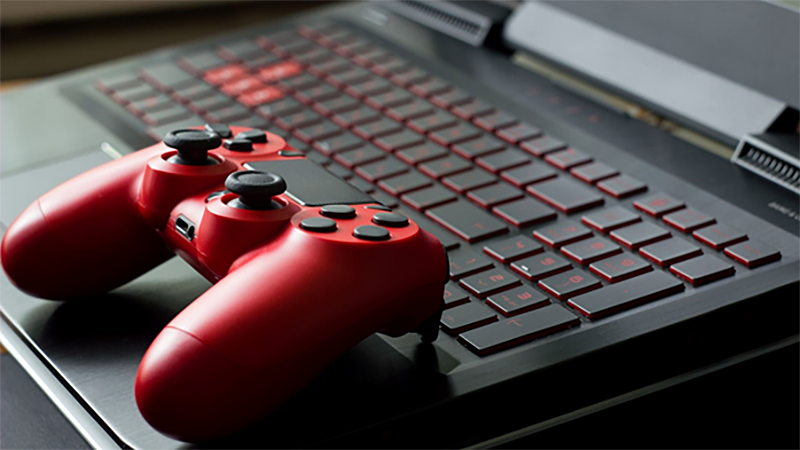Success of US’s Emergency Connectivity Fund will serve as a strong template for PCs in education in other markets
6 September 2021

Low-priced gaming-branded notebooks are creating a buzz in the commercial space. But it could be short-lived unless vendors enhance their marketing strategies.
The last two years have accelerated numerous trends, from my grandmother scheduling Zoom meetings to the widespread adoption of hybrid work. At the same time, the ongoing supply chain bottlenecks, clogged seaports and empty shopping carts will need more than just Amazon’s fulfilment to save Christmas. Amid all this turbulence, PC vendors’ revenues and portfolios have rocketed to all-time highs. According to Canalys data, the PC industry in Q3 2019 shipped a total of 70 million desktops, notebooks and workstations, generating US$50 billion from a portfolio of 906 models. Q3 2021 saw 84 million units ship, generating US$64 billion, while the number of models on the market ramped up by 2.5 times to 2,300.
If there’s one thing, we know about today’s VUCA (volatile, uncertain, complex and ambiguous) world, it’s that our work environment is incredibly intricate and constantly changing. Despite the elimination of the traditional 9am to 5pm work routine and a reduction in tedious commutes, people are working longer hours and less efficiently than before. Organizations on the hybrid journey are striving to combat inefficiencies while taking on this unique opportunity to redesign workflows. For example, globally, enterprise operational budgets have fallen drastically, making room for productivity-driven hardware upgrades across functions and job roles.
The pandemic put everyone in a tailspin. SMBs, which often have limited resources and are strongly dependent on local government policies, have fought the toughest battle. A United Nations report revealed that SMBs represent more than 90% of the business population, account for up to 70% of global employment and drive over half of the gross domestic product (GDP) in developed countries. This crisis, and its ramifications, has allowed PC vendors to strike gold. To propel an anytime, anywhere work model and future-proof against future crises, SMBs are investing heavily in powerful device upgrades, catalyzing the growth of certain computing sub-segments.
Gaming-branded notebooks with stunningly low prices are creating quite the buzz in the commercial space. Currently, these models are marketed as low as US$700 with specs that are lacking in a commercially-positioned notebook at the same price. As per Canalys’ estimates, of the 5.5 million gaming-branded notebooks and desktops shipped worldwide in Q3 2021, commercial users snapped up 38%, of which 43% were priced below US$1,000. Understandably, commercial spending on gaming PCs is being led by SMBs, which secured 58% of the total units shipped.
The popularity of Dell’s Alienware, Lenovo’s Legion and HP’s Omen has swiftly risen on the back of pandemic-infused demand for powerful PCs. To continue this streak and enjoy commercial attention for gaming-branded PCs, vendors must offer more than just the usual. As a first step, they must offer add-ons, such as extended professional support and accidental damage protection coverage for devices.
Today, gaming brands are booming. They offer much-needed computing power to the hybrid working population, and an opportunity for game time if company policies allow. The boom is likely to continue, and we will see this niche segment grow faster than most others. But there is a risk – the cannibalization of ultra-premium and high-performance business PCs, which is a highly profitable segment for most vendors and component suppliers. Both categories can co-exist. There is an opportunity to reimagine target markets and segment more strategically. Vendors need to be mindful of not blurring the division between the two and rendering one obsolete.